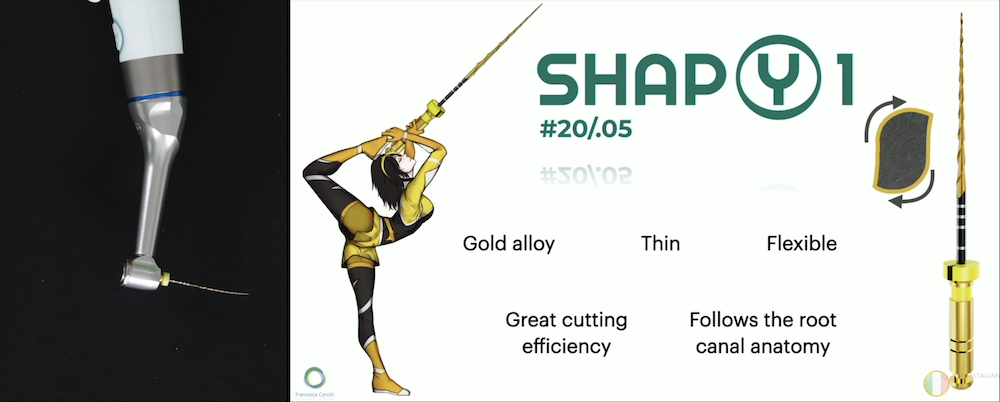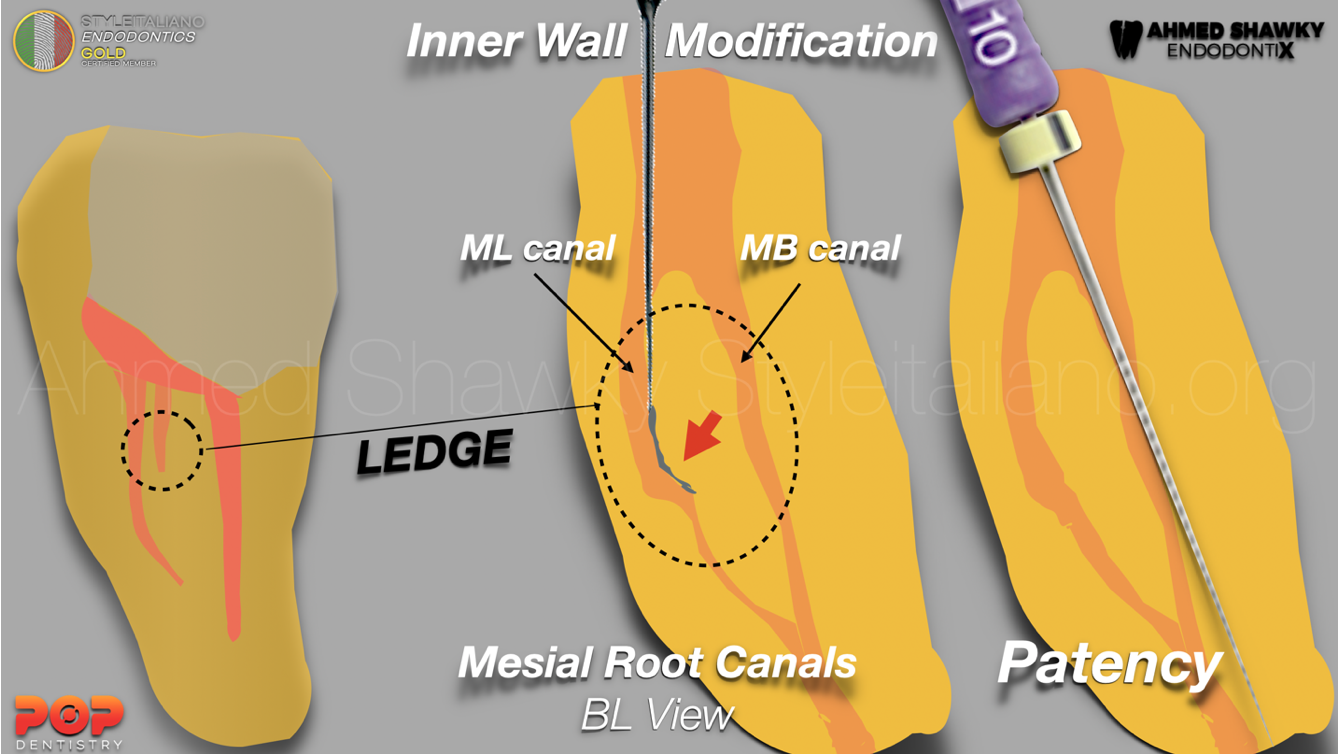
Root Canal Retreatment of LL6 using the Retreaty system from Perfect: A case report
10/10/2024
Alexandru Gliga
Warning: Undefined variable $post in /var/www/vhosts/styleitaliano-endodontics.org/endodontics.styleitaliano.org/wp-content/plugins/oxygen/component-framework/components/classes/code-block.class.php(133) : eval()'d code on line 2
Warning: Attempt to read property "ID" on null in /var/www/vhosts/styleitaliano-endodontics.org/endodontics.styleitaliano.org/wp-content/plugins/oxygen/component-framework/components/classes/code-block.class.php(133) : eval()'d code on line 2
Achieving glide path in retreatments by removing safely the gutta percha and sealer from within the root canal is always a difficult step. The instruments used in endodontic retreatments have to meet many requirements that enables the clinician to be efficient, secure and conservative at the same time. When choosing the first file to start a retreatment with, a clinician should remember that the risk of taper lock can increase due to the simultaneously engagement of the instrument in gutta percha, sealer, dentine and many other materials that can be present inside the root canal. Hence, a stiff enough austenitic file with a well balanced taper, smart cross section and a semi active tip can be a good option to minimise risks in retreatments.
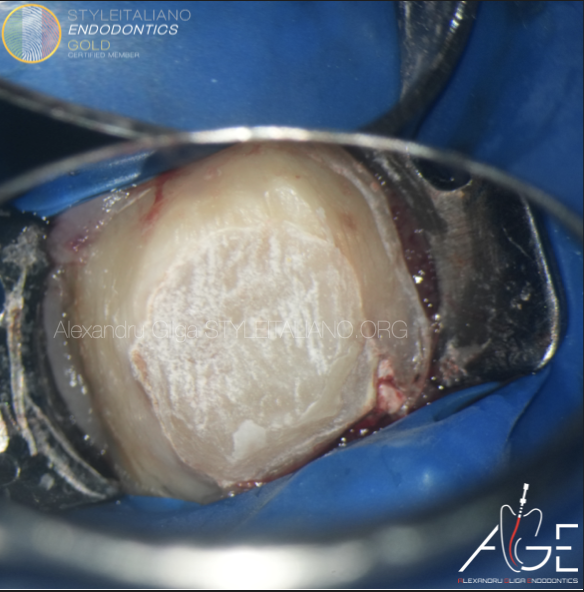
Fig. 1
The 29 years old patient was referred to our office by his general dental practitioner for endodontic retreatment. He complained about pain on biting associated with tooth 36.
The access cavity was driven by removing the prosthetic crown along with the coronal filling material and the infected dentine.

Fig. 2
The Retreaty file system from Perfect was chosen for managing this case. Shapy 1 (20.05) was the first file used to remove the gutta percha and reach the apex followed by Shapy 2 and 3 to finish the root canal preparation.
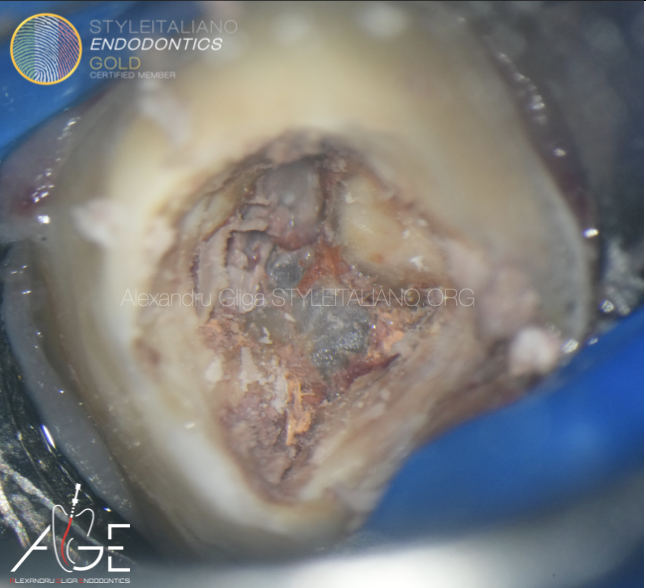
Fig. 3
The first instrument used to remove the GP from inside the canal was Shapy 1 - 20.05
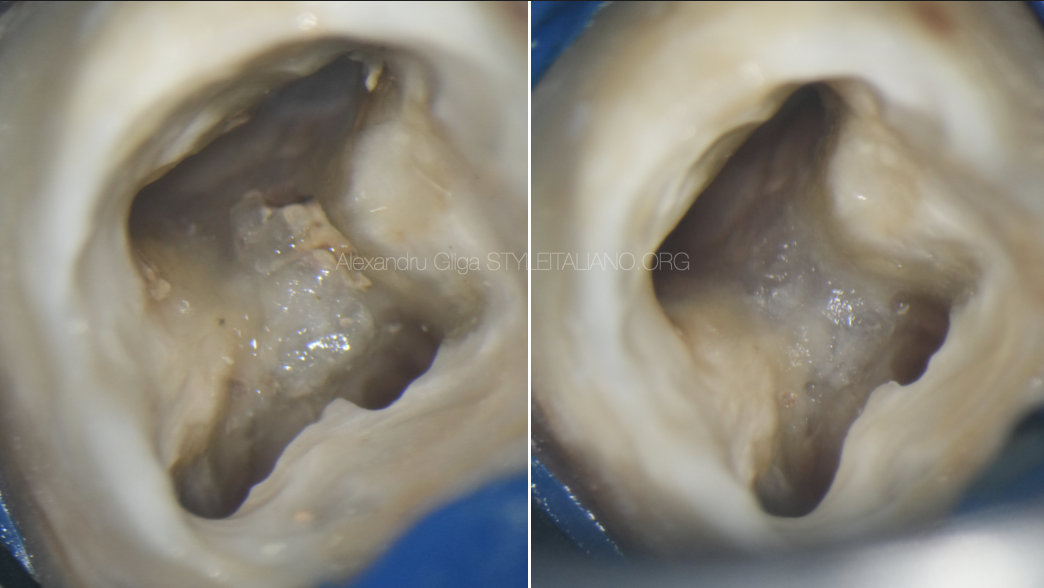
Fig. 4
Partially embedded pulp stone removed with ultrasonic tips
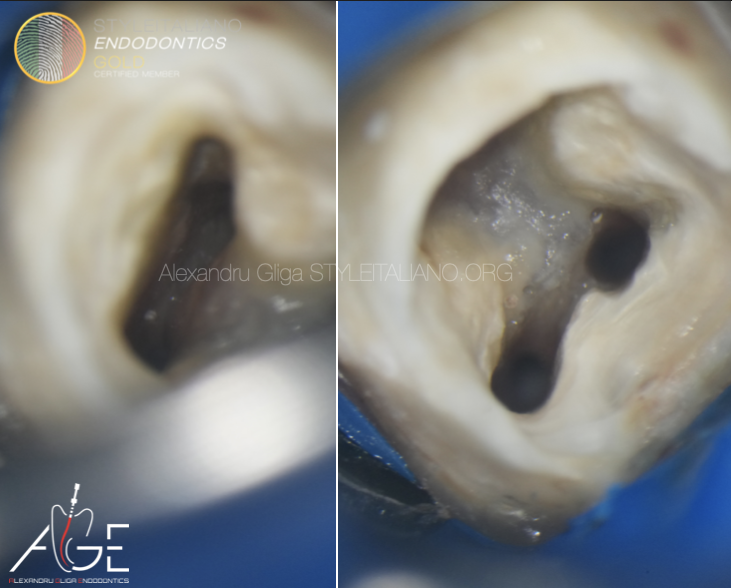
Fig. 5
Instrumentation sequence:
Perfect Shapy 1 and Shapy 2 and Shapy 3
Shapy 1 and 2 in action
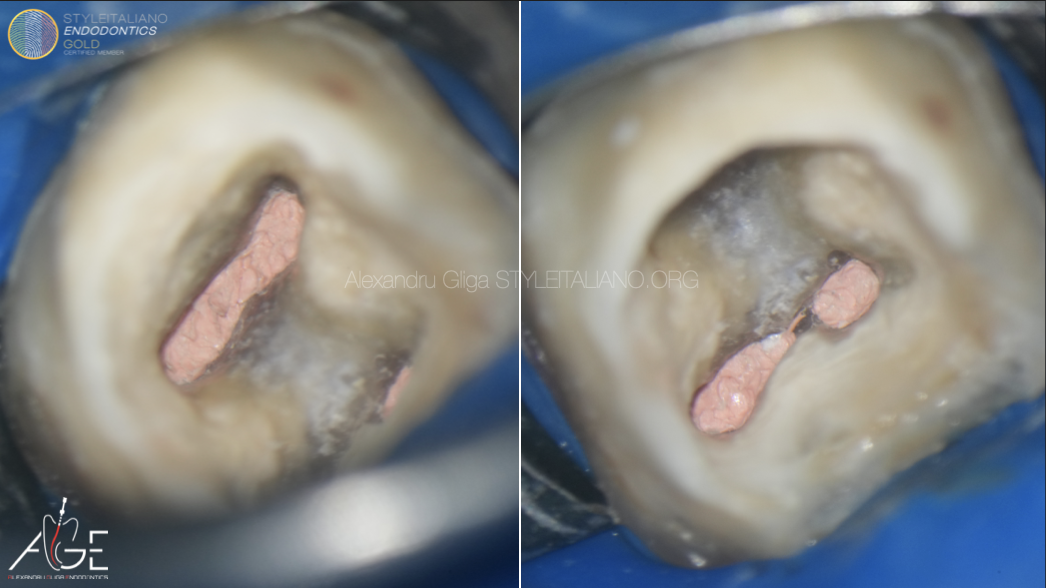
Fig. 6
Vertical warm condensation technique was performed to obturate the canals.
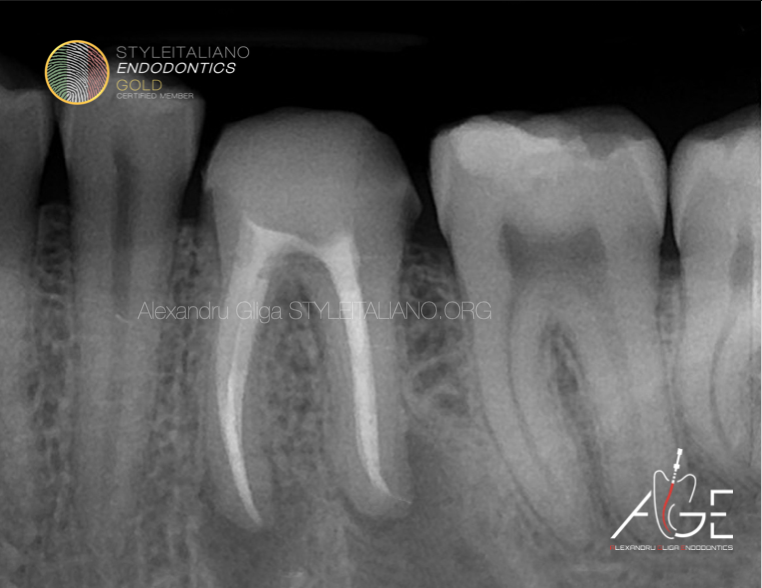
Fig. 7
Post operative
Conclusions
Sometimes the use of a file system can be modified in order to raise the efficiency and lower the risks. However, the first thing any clinician should do is learn how to correctly follow the preparation sequence, according to the producer. When in total control, any digression can be accepted if it lowers the risk of taper lock and brings other benefits for the patient and clinician.
Bibliography
Hulsmann M, Peters OA, Dummer PMH. Mechanical Preparation of root canals: shaping goals, techniques and means. Endod Top. 2005;10(1):30-76.
Bürklein S, Hinschitza K, Dammaschke T, Schäfer E. Shapingability and cleaning effectiveness of two single-file systems inseverly curved root canals of extracted teeth: Reciproc andWaveOne versus Mtwo and ProTaper. Int Endod J. 2012;45(5):449-61.
Schilder H. Cleaning and shaping the root canal. Dent Clin North Am. 1974;18(2):269-96
Bertani, P., Gagliani, M. & Gorni, F. 2020, Retreatments. Solutions for Periapical Diseases of Endodontic Origin, Edra.



